HERSTORY does not repeat history. It would have been remarkable - truly phenomenal - had Lauren Arnell's "Inaugurals" matched John Cahill's trailblazers in winning their first Showdown.
Alas, Friday night's big occasion - the first AFLW derby in South Australia, perfectly presented at Adelaide Oval - was not the contest living up to the tradition of the men's Showdown. Although, there have been seven of 52 Showdowns decided by 10 goals or more, including the only final played between the South Australian rivals (decided by 83 points in 2005). The most-recent men's Showdown ended with a 56-point margin ...
The comparisons between the men's and women's games in Australian football is topical again.
But is it relevant?
Off field, all 18 AFL clubs have acknowledged their identities are better for having AFLW programs. It has brought more members, new financial opportunities, greater diversity ... and more football with the calendar now clear of matches only in December and January and loaded with premiership battles from mid-March to late November.
At Alberton, Port Adelaide has the league's No. 1 team for generating commercial revenue. Those who question if the AFLW is paying its way should be reassured the investment Port Adelaide is making in a new team is delivering a return.
Port Adelaide's AFLW membership has passed 4000.
"We hoped AFLW would drive our growth," says Port Adelaide chief executive Matthew Richardson. "In the past five years, we have gained almost 50,000 new fans. In the first three months of AFLW, we have had 30,000. That is huge."
Indeed it is - as are all the numbers that put clear-cut metrics on the growth of women's football, particularly with teenage girls who can now find a pathway to the AFLW rather than pack away their football boots at 12 to be ushered to other sports, as was the norm in the game's dark ages.
On field, there are realities with a national league that was fast-tracked to start three years earlier than originally planned - and was effectively built "top down" rather than from the grassroots to an elite competition.
The AFL needed 30 years (1982 to 2012) to establish a national footprint outside of Victoria and to expand to 18 teams.
The AFLW has done so in five years (2017 to 2022).
The AFL had as its foundation the century-old State leagues of the SANFL and WAFL in Adelaide and Perth.
The AFLW has not had such a blessing. The benefit of hindsight would have many now accept Port Adelaide's wish to set up a women's team in the SANFLW in the lead-up to AFLW entry was well intended.
Port Adelaide, among the last entries to the AFLW, was left with a clear vision of just how much growth is needed at Alberton before it can stand alongside a league measuring stick in Adelaide, one of the first entries to the AFLW when it began in 2017 with eight teams.
The AFLW is a two-speed league. There are teams such as Adelaide - Brisbane and Melbourne are in the same grouping - that benefit from six years of experience in the AFLW. These teams do appear to be in a league of their own.
And there are teams such as Port Adelaide that are playing catch-up. There is short-term pain for long-term gain. By recruiting the new generation of players who never stopped playing Australian football at 12, Port Adelaide has set up the "Inaugurals" with teenagers who have a strong skill base with foot and hand. They all could have decade-long careers. Hannah Ewings and Co. are the players who can give Port Adelaide sustained success in the AFLW when the hard yards in setting up a winning national league team are completed.
The growth of women's Australian football across the nation also is working to differing speeds. It will not unfold with the same waves seen in South Australia where the AFL once thought there was not enough talent to hold up one AFLW team. And this inconsistent growth does challenge those teams based in States with smaller talent pools.
Whether the draft system needs to advance from a State-based system to a national draft pool - as there is with the men's AFL series - merits more and more debate. It also would demand the competition fixture advance from 10 home-and-away games to at least 17 to make the move to a new home in a new State more appealing and worthwhile to the teenagers drafted.
The 60-point margin in the first AFLW Showdown tells of the growing pains in a league that is still finding its base at the grassroots level.
But even when this foundation is established - and the 18 AFLW teams are benefitting by recruiting from greater numbers and players with stronger skill bases - there will not be (nor should there be) a game or league that mirrors the men's version or the AFL.
There are men's and women's versions of elite team sports in basketball, world football, hockey and rugby and the individual sports of tennis and golf. There is an appreciation of the difference. And so there should be with Australian football as well.
The constant comparisons of the two leagues serves no purpose at all. The AFLW was not established to replicate the AFL. The only similarity in the leagues is that the AFLW is there to offer women, just as the AFL does to men, the chance to follow their dreams in a sport they love. They will play the same game differently.
There will be those who enjoy the AFLW game - and those who do not. The same plays out in the men's game where many fans will debate whether they get more enjoyment from the AFL or SANFL.
Showdown I in 1997 was played on the foundation of a game that was 137-years-old in South Australia. The AFLW Showdown has not even had 137 months.


